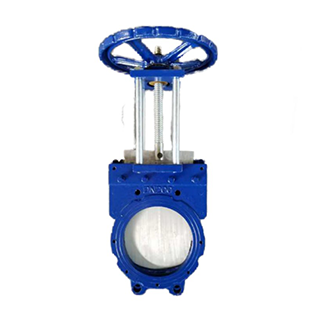Top Water Butterfly Valve Manufacturers for Reliable Performance and Quality
The Importance of Water Butterfly Valve Manufacturers
Water management is a critical aspect of modern infrastructure, particularly in sectors like agriculture, municipal water supply, and industrial processes. Among the various components utilized in these systems, butterfly valves play a pivotal role, especially when it comes to regulating water flow. This article explores the significance of butterfly valves, the manufacturing process, and highlights key factors in selecting a reputable butterfly valve manufacturer.
Understanding Butterfly Valves
Butterfly valves are rotary valves that use a circular disc to control fluid flow. They are named for the way the disc resembles a butterfly flapping its wings when opened or closed. As one of the most efficient ways to regulate flow, butterfly valves are commonly used in water distribution systems, wastewater treatment, and even in heating and cooling applications.
The basic design of a butterfly valve consists of a valve body, a rotating disc, and a sealing mechanism. When the valve is open, the disc is parallel to the flow of water, allowing it to move freely. Closing the valve rotates the disc a quarter turn, obstructing the flow and sealing the passage. The simplicity of this design contributes to its popularity, as it enables quick and effective control over water flow.
The Manufacturing Process
Manufacturing butterfly valves requires a meticulous approach to ensure durability, reliability, and efficient performance. The process typically involves several crucial stages, including design, material selection, fabrication, and quality control.
1. Design The first step in manufacturing butterfly valves is creating a detailed blueprint of the valve. This design phase considers factors such as the type of fluid handled, pressure ratings, and the intended application. Advanced software tools are often employed to visualize and simulate the valve's operation under various conditions.
2. Material Selection The choice of materials is paramount when producing butterfly valves, as they must withstand environmental stresses, corrosion, and wear. Common materials include stainless steel, cast iron, and various alloys, each chosen based on specific application requirements. For water applications, corrosion-resistant materials are particularly important to ensure longevity and reduce maintenance costs.
3. Fabrication Once materials are selected, the fabrication process begins. This typically involves machining the valve body, creating the disc, and fabricating the necessary sealing components. Precision machining is essential to achieve the exact specifications of the design, ensuring proper fit and function.
4. Assembly After fabrication, the components are assembled. This stage requires skilled labor to ensure that all parts fit correctly and that the valve operates smoothly. Proper assembly is critical, as any discrepancies can lead to performance issues, such as leaks or improper sealing.
water butterfly valve manufacturer

5. Quality Control The final stage in manufacturing butterfly valves is rigorous quality control. Each valve undergoes testing to ensure it meets industry standards and specifications. This may include pressure testing, flow tests, and visual inspections to check for defects. Adhering to quality control protocols is essential for maintaining the integrity and performance of the valves.
Choosing a Butterfly Valve Manufacturer
When selecting a butterfly valve manufacturer, several factors need to be considered to ensure you are partnering with a reputable company
1. Experience and Expertise Look for manufacturers with a proven track record in producing high-quality butterfly valves. Industry experience often translates to better design and manufacturing practices.
2. Certifications and Compliance Ensure that the manufacturer adheres to relevant industry standards and possesses necessary certifications. This not only reflects the quality of their products but also assures compliance with safety regulations.
3. Product Range A good manufacturer will offer a wide range of butterfly valves suited for various applications. This allows for greater flexibility in selection based on specific project needs.
4. Customer Support Reliable customer service is crucial. A responsive manufacturer will assist with any inquiries about product specifications, technical support, and after-sales service.
5. Reputation Research the manufacturer’s reputation within the industry. Customer reviews and testimonials can provide valuable insights into their credibility and product performance.
Conclusion
Butterfly valves are essential components in water management systems, facilitating efficient flow regulation. The role of manufacturers in producing high-quality butterfly valves cannot be understated. By understanding the manufacturing process and selecting the right manufacturer, industries can ensure the reliability and efficiency of their water systems, ultimately contributing to better resource management and sustainability.
-
The Key to Fluid Control: Exploring the Advantages of Ball Valves in Industrial SystemsNewsJul.09,2025
-
The Versatile World of 1, 2, and 3 Piece Ball ValvesNewsJul.09,2025
-
Stainless Steel Ball Valves: The Ideal Choice for Efficient Flow ControlNewsJul.09,2025
-
Optimizing Fluid Control with Ball Float ValvesNewsJul.09,2025
-
Manual Gate Valves: Essential for Control and EfficiencyNewsJul.09,2025
-
Everything You Need to Know About Butterfly ValvesNewsJul.09,2025
-
The Versatility of Wafer Type Butterfly ValvesNewsJul.08,2025




